Breaking Strength in Equipment – The Backbone of Climbing
Knowledge Base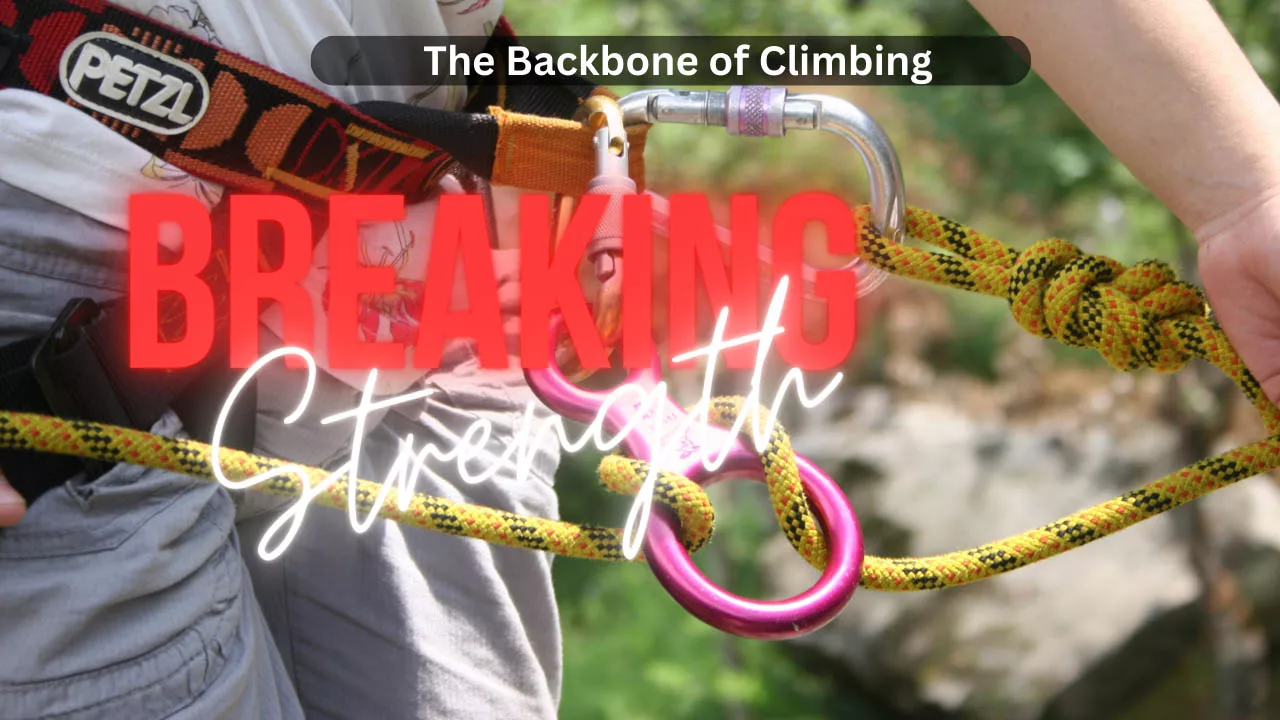
Mountain climbing, a thrilling pursuit that combines adventure, physical prowess, and mental resilience, requires climbers to rely heavily on their gear. From ropes and carabiners to harnesses and helmets, each piece of equipment plays a crucial role in ensuring safety and success amidst the awe-inspiring challenges that towering peaks present. At the heart of this gear lies a fundamental concept: breaking strength AKA “BS”. In this article, we delve into the fascinating world of breaking strengths in mountain climbing equipment, uncovering the science that empowers climbers to conquer nature’s giants.
Understanding Breaking Strength
Breaking strength, also known as tensile strength, is the maximum amount of force that a material can withstand before it yields to deformation or breaks. In mountain climbing, where lives depend on the integrity of gear, understanding the BS of each component is paramount. Climbers rely on this knowledge to make informed decisions about which equipment to use for different scenarios, ensuring that their gear can withstand the rigorous conditions they’ll encounter.
Breaking Strength Unveiled: The Power Behind Climbing Gear
Imagine clinging to a sheer rock face, the wind rushing past as you ascend to new heights. In the heart of this adrenaline-fueled adventure lies a hidden hero: breaking strength, the unsung force that ensures your climbing gear won’t let you down.
What’s Breaking Strength?
Breaking strength is the Superman of climbing metrics. It’s the maximum force equipment can handle before waving the white flag. Think of it as the ultimate stress test for your gear.
Enter the Kilonewton (kN)

Kilonewton (kN) is the cool unit of measurement here. It’s like the James Bond of forces. One kN packs a punch equal to about 225 pounds or 102 kilogram – that’s the weight of a linebacker!
Why It Matters
Breaking strength isn’t just jargon; it’s your safety net. From ropes that catch you mid-fall to carabiners that cling to life, knowing the BS ensures your gear can withstand the wild ride.
Gearing Up with Numbers
Let’s talk figures! Climbing ropes boast around 35 kN to 45 kN BS – that’s like holding up a small car! Carabiners, those trusty gatekeepers, handle 20 kN to 25 kN. Even your harness, your climbing buddy, stands strong at 22 kN to 31 kN.
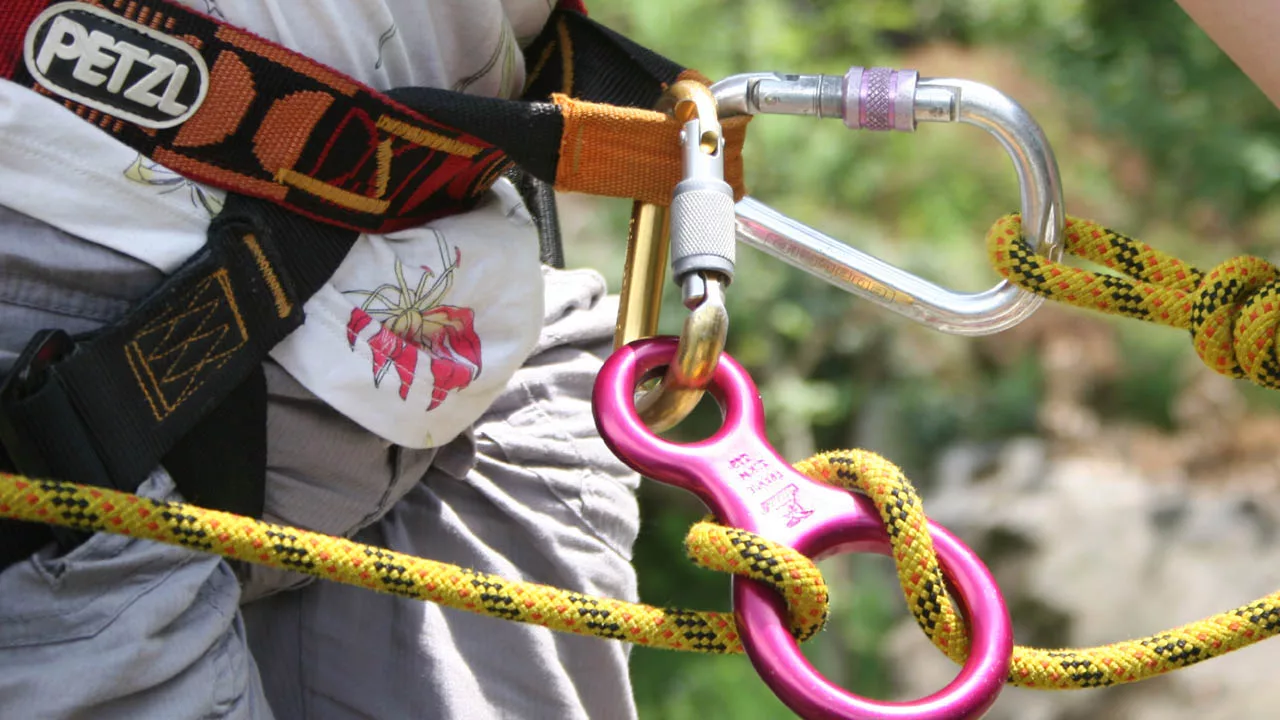
It’s All About Safety
BS isn’t just a statistic; it’s your guardian angel. It guides gear selection, keeps anchors solid, and absorbs fall forces. Remember, those numbers aren’t invitations to push limits. They’re the red line you never want to cross.
The Role of Materials
Mountain climbing equipment is crafted from an array of high-strength materials, each chosen for its specific properties and performance. Modern advancements in materials science have led to the development of fibers like Dyneema and Spectra, which are incredibly lightweight yet possess remarkable breaking strengths. These materials have revolutionized climbing gear, allowing climbers to carry less weight without compromising safety.
Below is a list of common mountain climbing equipment along with their approximate breaking strengths and some well-known brand companies that manufacture them. Keep in mind that breaking strengths can vary depending on factors such as material, design, and specific models.
Ropes: Lifelines Amidst the Vertical Realm
Ropes are the backbone of mountain climbing, serving as lifelines as climbers ascend and descend treacherous peaks. Dynamic ropes, which stretch under pressure, disperse a fall’s energy, minimizing the impact on both the climber and the gear. Static ropes, on the other hand, are rigid and ideal for circumstances when the climber must move as little as possible. Understanding rope-BS is crucial since it dictates the forces delivered to anchors, harnesses, and the climber during a fall.
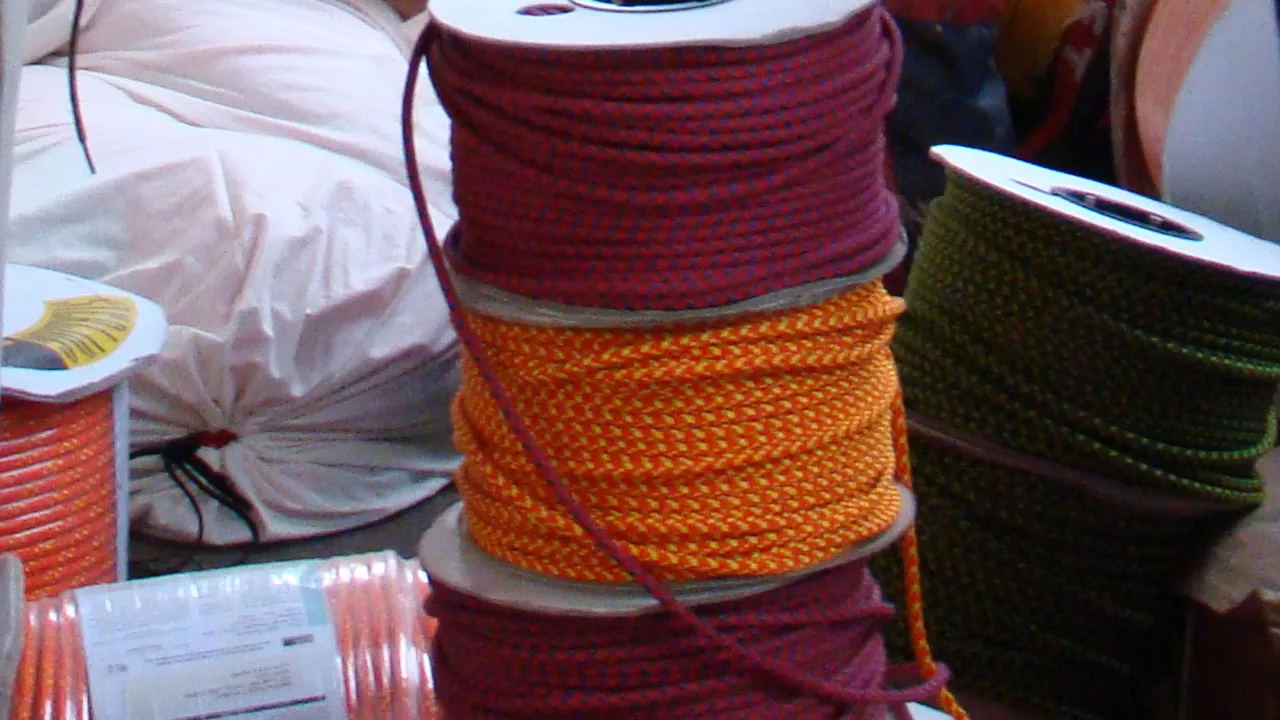
Climbing Rope:
- Dynamic Rope Breaking Strength: 8,000 – 10,000 pounds (35 – 45 kN)
- Static Rope Breaking Strength: 10,000 – 15,000 pounds (45 – 67 kN)
- Brands: Petzl, Black Diamond, Mammut, Sterling Rope
Carabiners: Gatekeepers of Safety
Carabiners are the unsung heroes of climbing gear, tasked with bearing the weight of climbers and their equipment. These metal loops with spring-loaded gates come in various shapes and sizes, and their BS is a critical consideration. Climbers must choose carabiners that can withstand the forces exerted during falls, anchors, and rappelling.

Carabiner:
- Standard Carabiner Breaking Strength: 4,000 – 5,600 pounds (18 – 25 kN)
- Locking Carabiner Breaking Strength: 4,500 – 7,000 pounds (20 – 31 kN)
- Brands: Petzl, Black Diamond, DMM, Metolius
Harnesses: Bridging the Gap
A climber’s connection to safety lies in the harness, a complex web of straps designed to distribute forces evenly across the body. The BS of harnesses ensures they can withstand not only falls but also the strains of body movement while on the mountain. Advances in harness technology have led to lighter yet stronger designs, enhancing both comfort and safety.
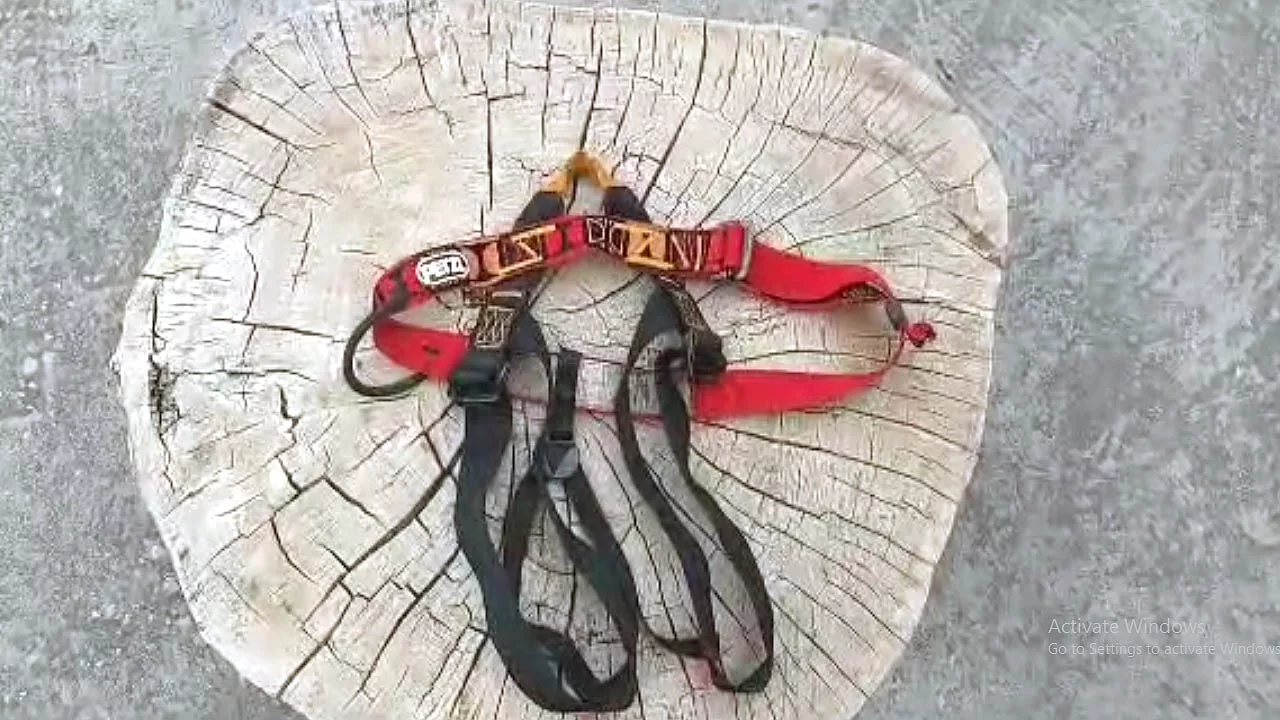
Harness:
- Climbing Harness Breaking Strength: 5,000 – 7,000 pounds (22 – 31 kN)
- Brands: Petzl, Black Diamond, Arc’teryx, Edelrid
Helmets: Shielding Against the Unexpected
In the unpredictable mountain environment, helmets are essential for safeguarding against falling debris and impacts. The breaking strength of a helmet determines its ability to absorb and disperse energy, reducing the risk of head injuries. Modern climbing helmets utilize innovative materials that combine durability with lightweight design, prioritizing both safety and comfort.

Helmet:
- Climbing Helmet Breaking Strength: Differs based on impact rating (UIAA/CE)
- Brands: Petzl, Black Diamond, Mammut, Camp USA
Cams and Camming Devices:
- Camming Device Breaking Strength: Varies by size and design (1,500 – 14,000 pounds)
- Brands: Black Diamond, Metolius, DMM, Wild Country

Nuts and Stoppers:
- Nut Breaking Strength: Varies by size (approximately 4,000 – 8,000 pounds)
- Brands: Black Diamond, DMM, Metolius, Camp USA

Quickdraws:
- Quickdraw Breaking Strength: 4,000 – 5,000 pounds (18 – 22 kN)
- Brands: Petzl, Black Diamond, Mammut, Wild Country
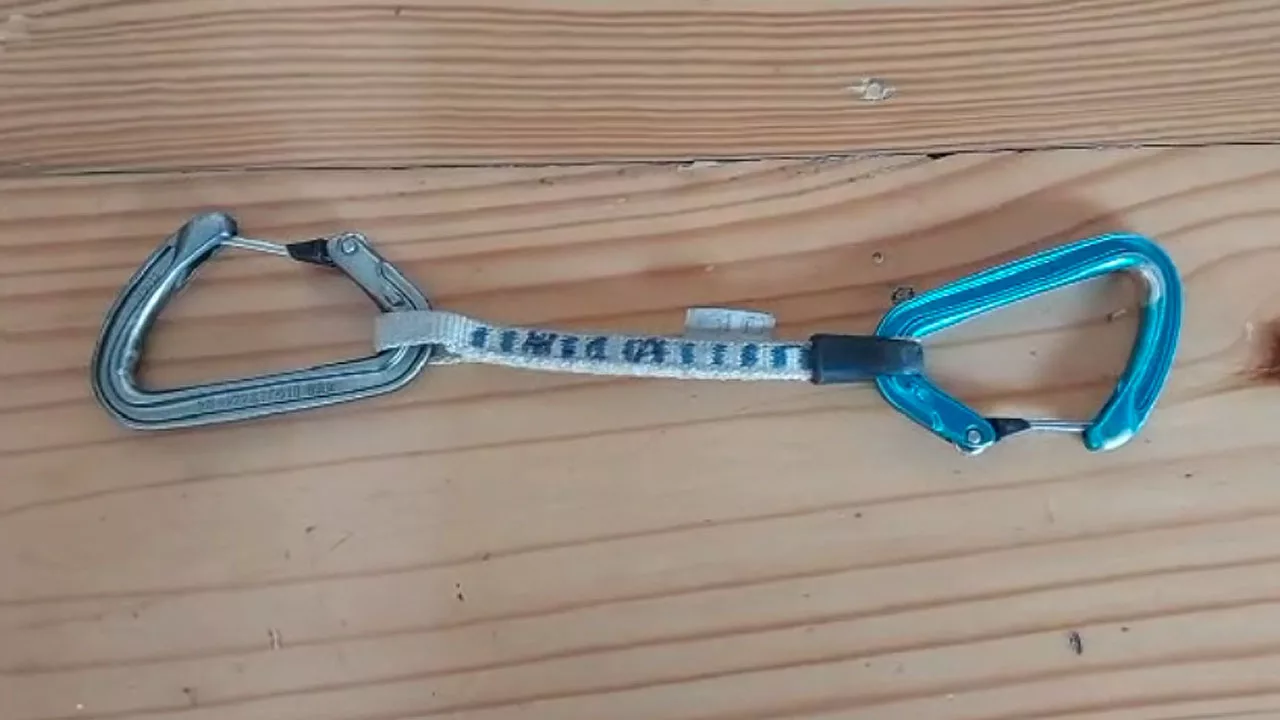
Slings and Runners:
- Sling Breaking Strength: 5,000 – 10,000 pounds (22 – 45 kN)
- Brands: Petzl, Black Diamond, Mammut, Metolius
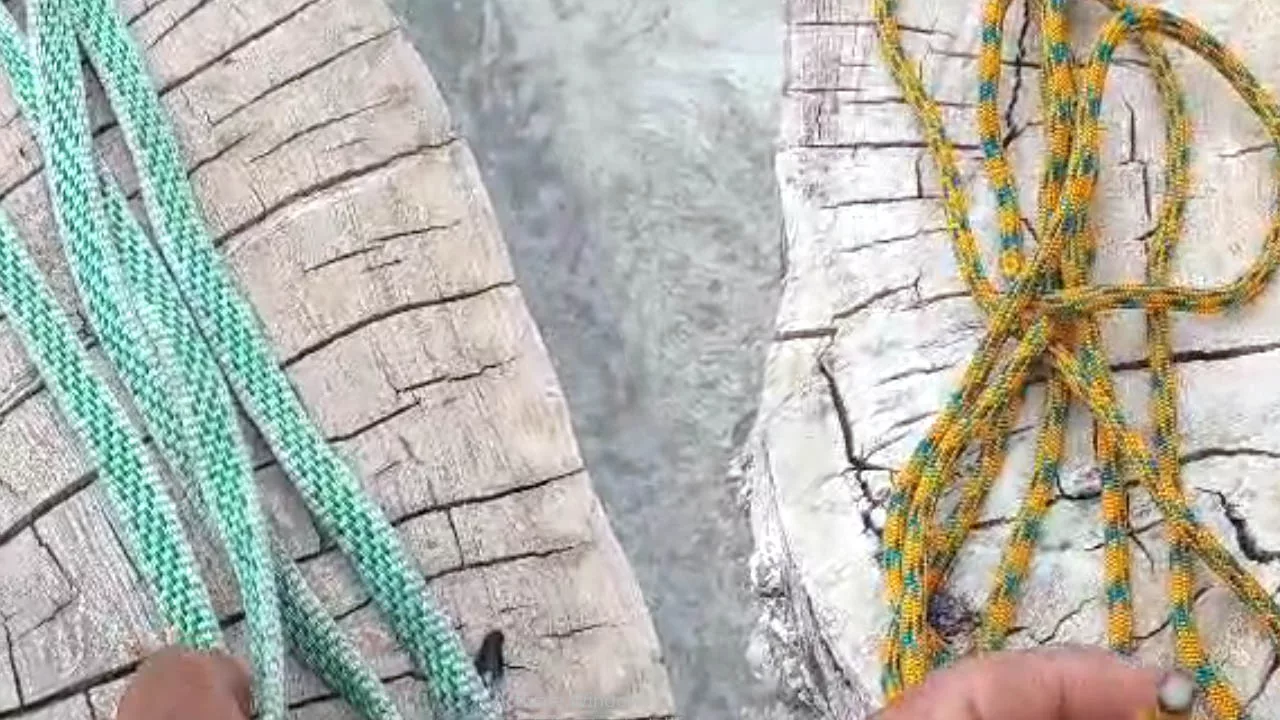
Ice Axes:
- Ice Axe Breaking Strength: Varies based on type (e.g., technical, mountaineering)
- Brands: Petzl, Black Diamond, Grivel, Camp USA
- Learn more about Ice Axe parts & use

Crampons:
- Crampon Breaking Strength: Varies based on design and material
- Brands: Petzl, Black Diamond, Grivel, CAMP
- Learn more about crampons

It’s important to note that breaking strengths can differ between different models, sizes, and versions of equipment from the same brand. Always refer to the manufacturer’s specifications and guidelines for accurate breaking strength information for specific gear. Additionally, the climbing industry continually evolves, with new technologies and innovations frequently introduced, so it’s essential to stay updated on the latest equipment and safety standards.
Conclusion
Mountain climbing is a daring endeavor that demands respect for nature’s raw power and an unwavering commitment to safety. Behind every climber’s triumph over breathtaking summits is an intricate web of equipment, carefully designed and engineered to withstand colossal forces. Breaking strength is the unifying thread that ties climbers to their gear, creating a symbiotic relationship between human determination and technological innovation. As climbing technology continues to advance, the pursuit of conquering new heights becomes not just a challenge of physical prowess, but also an exploration of the limits of human and material strength.
FAQs
Breaking strength is determined through rigorous testing conducted by manufacturers and regulatory bodies. Climbing equipment is subjected to controlled stress and load tests to determine the maximum force it can endure without failing.
Understanding breaking strength helps climbers make informed decisions about which gear to use for different situations. It ensures that the equipment can handle the forces generated during falls, anchors, and other scenarios, minimizing the risk of accidents.
Yes, breaking strength can be compromised over time, especially with prolonged use, exposure to harsh elements, and wear and tear. It’s important for climbers to regularly inspect and maintain their gear, retiring any equipment that shows signs of degradation to ensure continued safety.
Materials like Dyneema and Spectra are incredibly strong and lightweight, revolutionizing climbing gear by allowing manufacturers to create equipment with higher breaking strengths while reducing overall weight. This enhances a climber’s mobility and comfort without compromising safety.